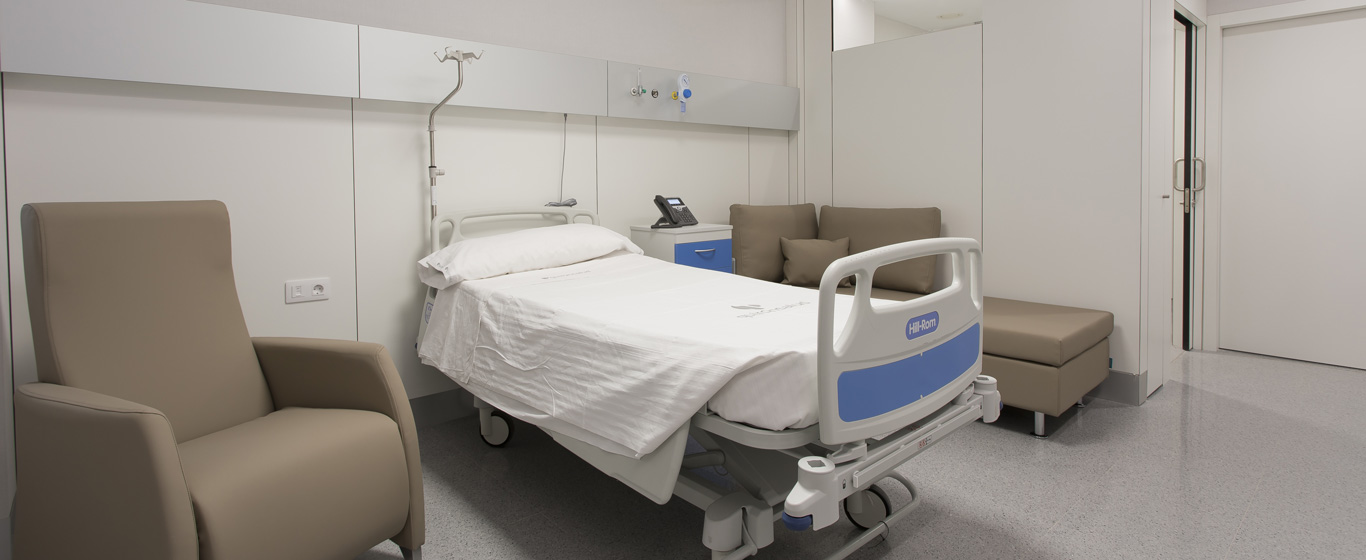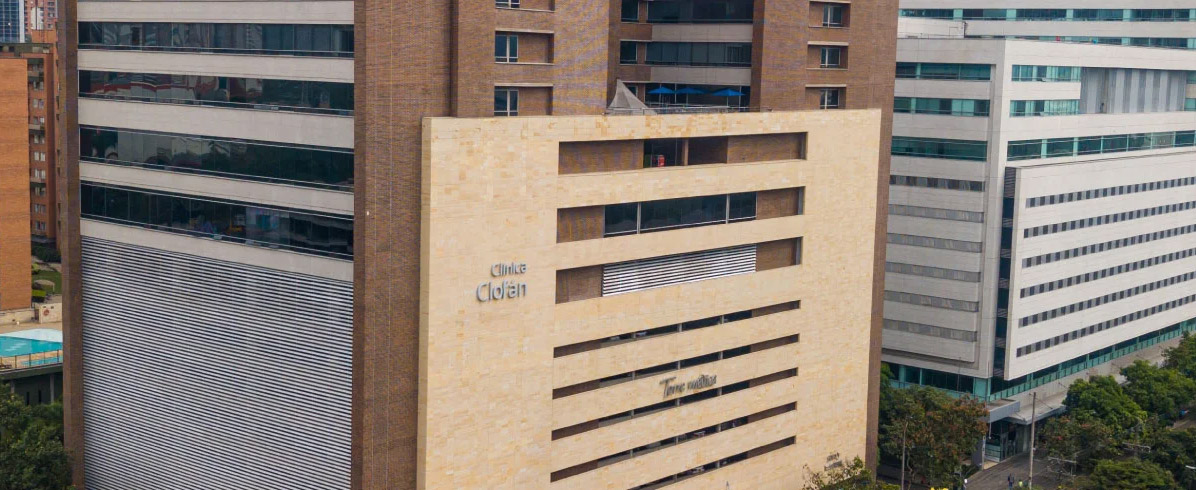Stye and Chalazion
Why does a stye occur? Everything you need to know about this condition: causes, symptoms, and treatments.
Symptoms and Causes
A stye is a small, red, painful bump that resembles a boil or pimple, forming on the upper or lower eyelid and often containing pus. It is a very common benign condition that usually affects only one eye and may sometimes recur.
Depending on its location, there are two types of styes:
- External stye: Forms at the base of an eyelash. This is the most common type.
- Internal stye: Develops inside the eyelid and is typically redder and more painful than an external stye.
A chalazion is a bump similar to a stye but generally larger, painless, and of a different origin. Its treatment is also similar.
Symptoms
The most common symptoms of a stye include:
- Red bump on the eyelid that may contain pus.
- Tearing.
- Redness and swelling of the affected area.
- Pain or discomfort when blinking.
- Itching.
- Sensation of a foreign body in the eye.
- Sensitivity to light.
- Crusting along the eyelid margin.
- Occasionally, swelling of the entire eyelid.
A chalazion, on the other hand, presents with:
- Bump on the eyelid that may become red and inflamed.
- Blurred vision if the bump grows large enough to exert pressure on the eyeball.
Causes
An external stye is caused by a bacterial infection in the Zeiss glands, which are sebaceous glands that produce the oil that lubricates the eyelashes, or in the Moll glands, which are sweat glands located on the eyelid margin. An internal stye, on the other hand, results from an infection in the Meibomian glands, located within the eyelid and responsible for oil production. The most common causative bacteria is Staphylococcus aureus.
A chalazion does not originate from an infection but rather from a blockage in the Meibomian glands, preventing the secretion from draining and leading to an accumulation of oil that forms a bump.
Risk Factors
The likelihood of developing a stye or chalazion increases under the following conditions:
- History of styes or chalazions.
- Poor eyelid hygiene.
- Blepharitis, a chronic eyelid inflammation.
- Skin disorders such as acne, rosacea, or seborrheic dermatitis.
- Diabetes.
- Stress.
- Hormonal changes.
Complications
Complications from these conditions are rare, as they are benign. However, in exceptional cases, the infection may spread and lead to:
- Preseptal cellulitis: Infection of the eyelid and periorbital skin in front of the orbital septum, a fibrous layer extending from the orbital bones to the eyelids. This condition is bothersome but mild.
- Orbital cellulitis: Infection of the tissues behind the orbital septum. This is a more severe condition that can result in vision loss and restricted eye movement. Additionally, the infection may spread to the central nervous system, leading to meningitis or brain abscesses.
Prevention
The best way to prevent styes and chalazions is to maintain proper eye hygiene:
- Avoid touching the eyes with dirty hands: Wash them frequently with soap and water.
- If wearing contact lenses, wash hands with soap and water before handling them, disinfect them with sterile solution, and store them properly in a clean case.
- For those using makeup, remove it properly before sleeping, avoid expired products, and do not share cosmetics with others.
- Wash the face and eyelids daily.
Which Doctor Treats Styes and Chalazions?
Styes and chalazions are diagnosed and treated in an ophthalmology consultation.
Diagnosis
Diagnosis is based on a physical examination of the eyelid. The presence of characteristic symptoms allows differentiation between a stye, a chalazion, or other eye conditions.
Treatment
Although styes and chalazions usually resolve on their own within a few days, certain measures can help alleviate pain and speed up healing:
- Apply warm compresses several times a day for a few minutes: Heat promotes the opening of the blocked area and facilitates drainage of oil or pus. A gentle massage with the fingers is recommended, but the bump should never be squeezed.
- Avoid using makeup or contact lenses while having a stye or chalazion.
- Antibiotics: If the stye infection persists or is too painful, antibiotic creams or eye drops may be applied.
- Surgical drainage: If previous treatments fail, drainage of pus or oil through a small incision may be necessary.


































































































